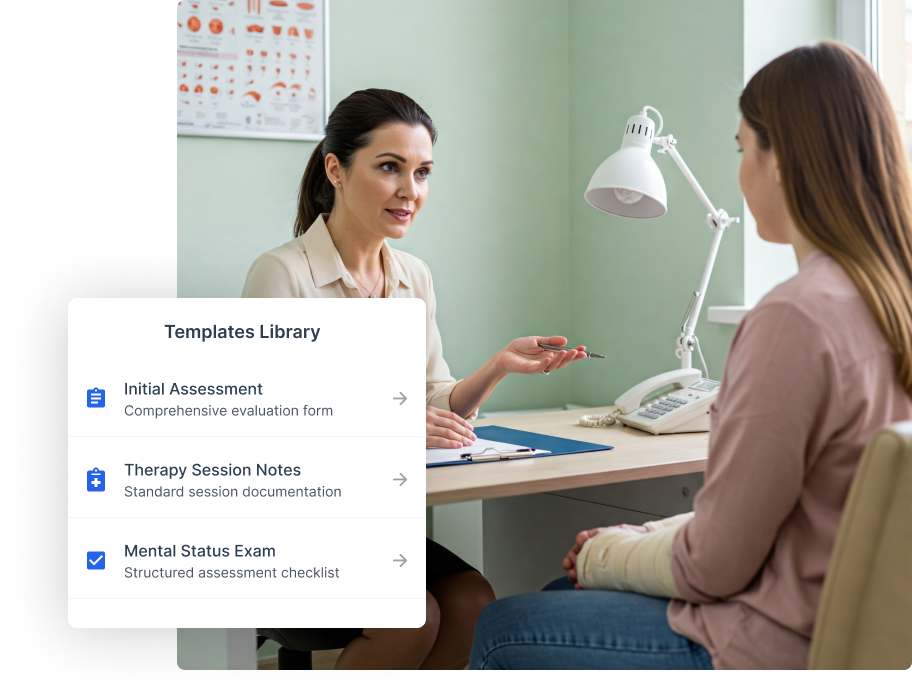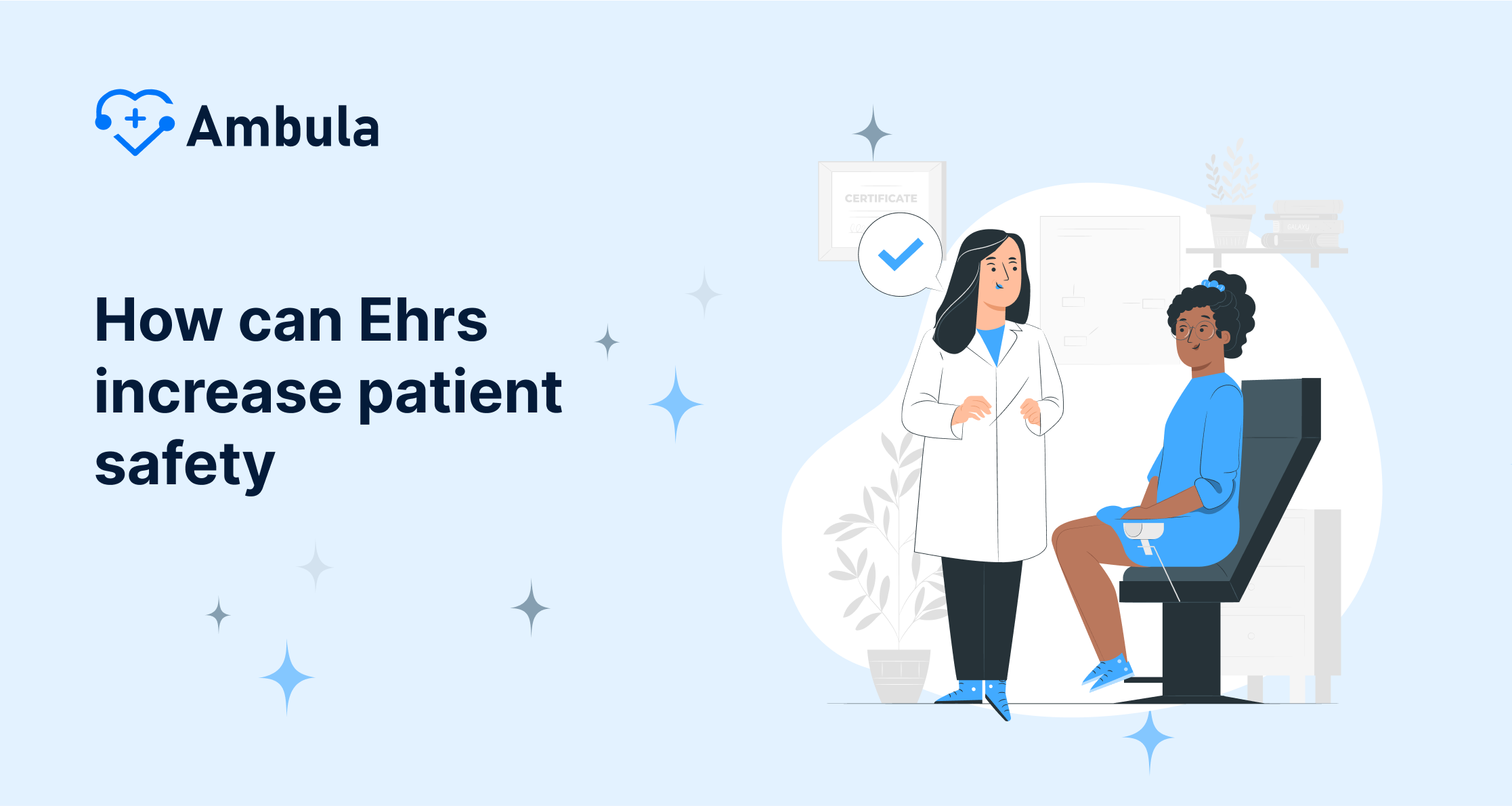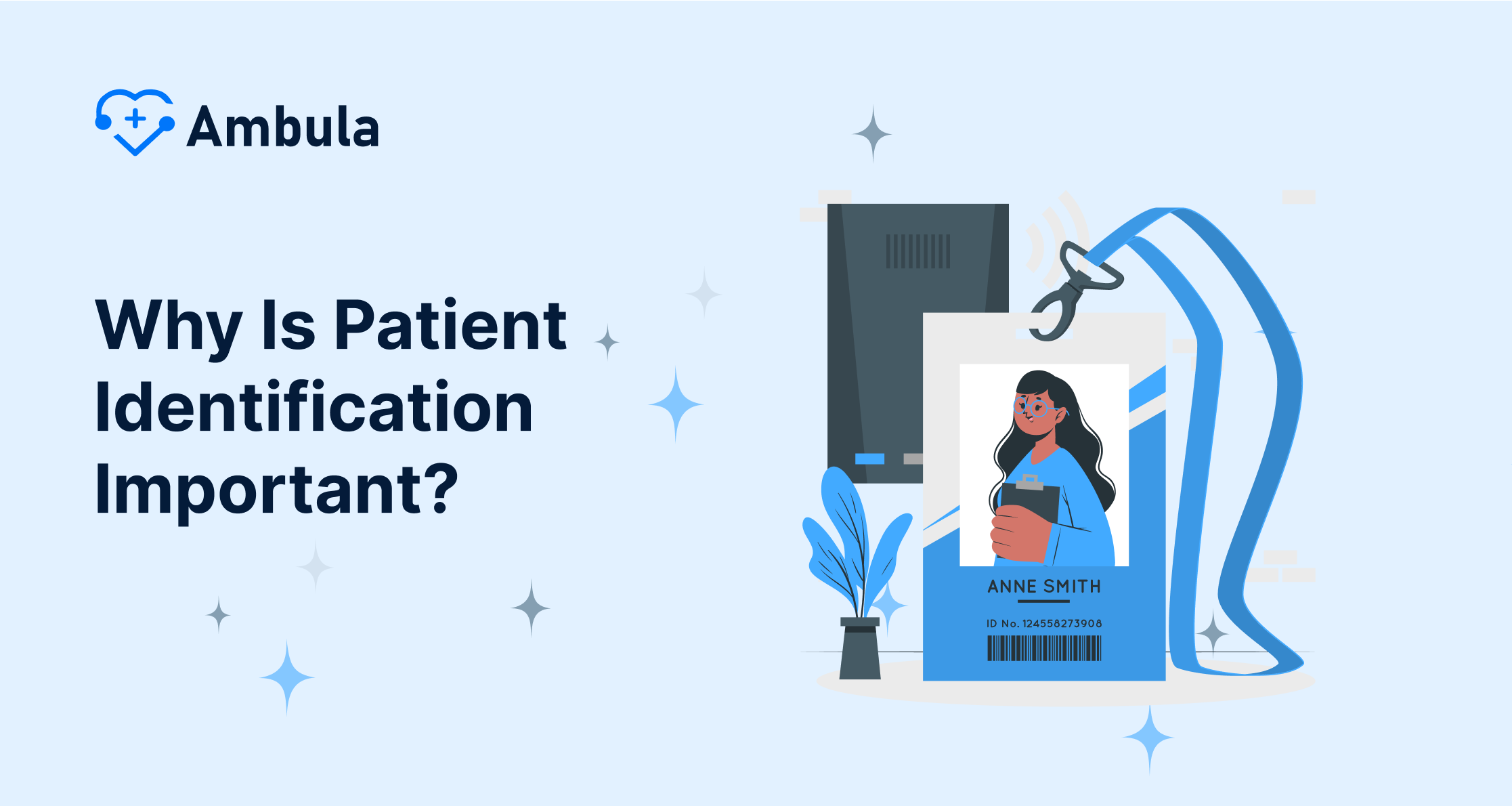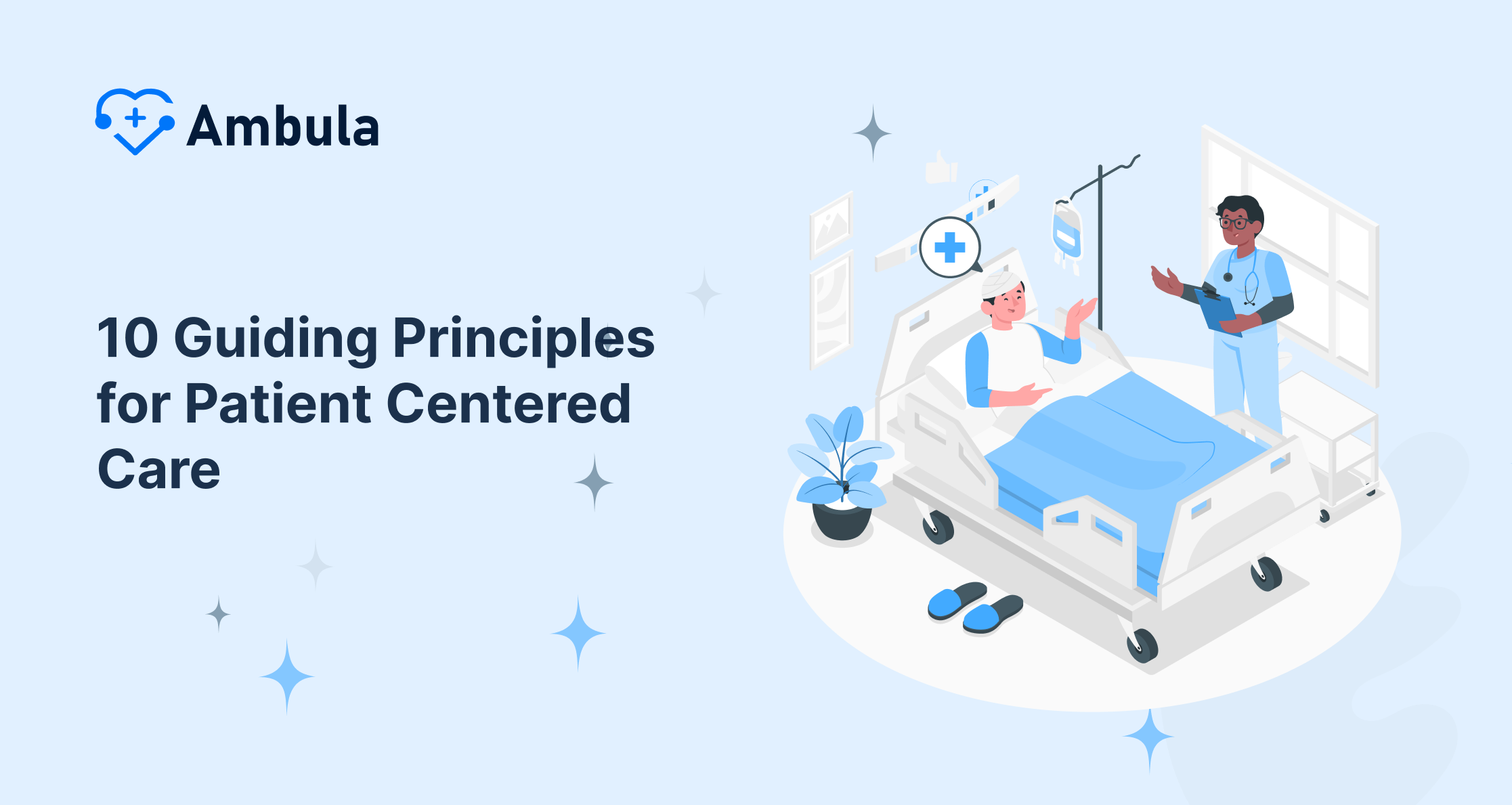Did you know that 70% of mental health patients drop out of treatment prematurely, with most leaving after just two sessions?
This concerning statistic highlights the critical need for better mental health patient engagement strategies in today’s digital age. While traditional face-to-face therapy remains valuable, digital patient engagement tools are transforming how mental health practices connect with and retain their clients. In fact, practices utilizing patient portal mental health systems report up to 40% higher retention rates and improved treatment outcomes.
The challenge lies in effectively implementing these digital solutions without losing the human touch that makes mental healthcare so effective. From initial contact to ongoing care, every touchpoint presents an opportunity to enhance the therapeutic relationship through thoughtful technology integration.
This guide explores proven strategies to boost patient engagement in mental health settings, helping practices leverage digital tools while maintaining meaningful therapeutic connections. Let’s examine how to create a more engaging, accessible, and effective mental health practice in today’s connected world.
Understanding Today’s Mental Health Patient Journey
The mental health patient journey consists of 5 key touchpoints: awareness, consideration, access, service delivery, and ongoing care. While 59 million U.S. adults experience mental health issues annually, only 31 million receive treatment. This treatment gap exceeds 50% in all countries and reaches nearly 90% in low-income regions due to stigma, workforce shortages, financial burdens, and fragmented service delivery.
Digital technologies offer practical solutions to these challenges. Mobile devices provide immediate access to help, progress monitoring, and mental wellbeing education. Digital intake tools simplify pre-appointment processes, while secure messaging platforms facilitate communication throughout the care journey.

Pre-Appointment Engagement Strategies
Digital intake forms improve the onboarding process significantly, with 68% of forms completed within an hour of being received. Practices implementing digital forms alongside mental health EMR software achieve 80% patient engagement rates. These systems identify symptoms of common behavioral health conditions, flag areas requiring further clinical exploration, and provide practitioners with valuable background information before the first session.
Educational resources prepare patients for successful treatment by helping them understand their conditions, setting realistic expectations, and enabling active participation in care decisions. Research demonstrates that active patient participation enhances mental health outcomes significantly.
Mental health practices face an average global no-show rate of 23%. Implementing personalized text message reminders decreases no-show rates by 25%, with one study showing a reduction from 23% to just 2.1%. Effective reminders include the patient’s name, appointment time, and provider name, along with clear rescheduling instructions.
Enhancing the In-Session Experience
Collaborative documentation transforms the traditional note-taking process into a therapeutic tool by sharing the computer screen and actively seeking client input. This approach strengthens the therapeutic alliance and improves service engagement, including visit attendance and medication adherence.
Technology-assisted care extends therapeutic reach beyond geographic limitations. Mobile devices provide patients and clinicians with direct access to help, progress monitoring, and mental wellbeing education. This approach functions as a “clinician extender,” enabling providers to focus on services requiring their clinical expertise while clients review important psychoeducational material independently.
Digital goal tracking allows patients to articulate goals in their own words and record progress on a sliding numerical scale. Research demonstrates that collaborative goals progressed significantly more (6.7 out of 10) compared to self-set goals (3.67 out of 10). Effective digital goal setting applies the SMART framework: Specific, Measurable, Achievable, Relevant, and Time-bound.
Between-Session Engagement Tools
Mobile mental health apps extend therapy’s impact by providing structured practice opportunities. Clinicians frequently use these tools to help patients acquire skills such as meditation, relaxation, and mindfulness. Therapy homework apps increase accountability by providing reminders and notifications, organizing assignments, tracking progress, and allowing customization based on individual patient needs.
HIPAA-compliant secure messaging enables ongoing communication between providers and patients without compromising privacy. Modern platforms offer end-to-end encryption, PIN locks, administrative controls, and message delivery tracking. These systems allow clinicians to send high-priority messages with distinctive alerts and track message delivery status.
Digital symptom tracking tools assist patients in monitoring their mental health status outside of sessions through daily questionnaires, voice sample analysis, and behavior pattern tracking. Effective apps accommodate the unique symptoms, triggers, and environments of individual users through customizable formats.

The Role of Specialized Templates in Patient Engagement
Mental health EMR templates bridge the gap between thorough documentation and meaningful patient interaction. Rather than generic medical forms, specialty-specific templates capture essential mental health data while maintaining therapeutic rapport. Research published in the Journal of Medical Systems shows that practices implementing specialized mental health documentation templates report 34% higher patient satisfaction scores compared to those using general medical templates.
The connection between streamlined documentation and patient engagement is direct: When clinicians spend less time documenting, they dedicate more attention to therapeutic interactions. A 2023 study found that mental health practices using optimized EMR templates increased direct patient communication time by 5.4 hours weekly per provider.
Measuring and Improving Patient Engagement
Mental health practices should monitor 5 critical metrics: usage frequency (tracked by 81% of studies), usage duration (50%), content depth (44%), dropout rates (over 70% of patients fail to complete all treatment modules), and follow-up appointment adherence. The Patient Activation Measure (PAM) also assesses how well patients manage their own healthcare.
Effective analysis combines automatic measures (used by 75% of interventions), self-administered questionnaires (44%), and qualitative interviews (31%). Standardized assessment tools include engagement scales and symptom measures for depression, anxiety, and functional impact.
Research identifies 4 effective strategies for boosting engagement: personalization of content, e-coaching regarding progress, social forums enabling peer interaction, and proactive persistence maintaining ongoing support rather than discharging disengaged clients.
Case Study: Improving Engagement Rates
The Lincolnshire steps2change service transformed from traditional communication methods to a comprehensive digital engagement strategy. After launching the Voice2change patient involvement initiative, they implemented an online self-referral system, web-based patient portal, digital therapy options, and online relapse prevention materials.
This implementation yielded substantial improvements: text messaging reduced no-show appointments from 23% to 2.1%, while intervention participants showed significantly greater reductions in depression scores at both 6 months (-0.96) and 9 months (-1.14) compared to the control group. These improvements persisted even after the 6-month intervention period ended.
Implementation Roadmap
Begin by evaluating existing workflows and measuring current engagement patterns, as studies indicate engagement rates vary from 3% to 95%. Gather input from stakeholders through surveys and interviews, as changes initiated by staff face less resistance than management-dictated changes.
When selecting digital engagement tools, prioritize affordability (top criterion with importance score 0.425), functionality (0.375), accessibility features (0.333), offline capabilities (0.306), and privacy protections (0.229). Train staff using the SAIL model (Simple, Accessible, Inverted, Live) and consider training digital health navigators who can support patients with technology troubleshooting.
Conclusion
Digital patient engagement tools transform mental health practices by boosting engagement rates, reducing no-show appointments, and enhancing treatment outcomes. Success stories like the Lincolnshire steps2change service demonstrate how thoughtful digital integration creates lasting positive changes, with their dramatic reduction in missed appointments (from 23% to 2.1%) providing compelling evidence.
The future of mental healthcare lies in finding the optimal balance between digital convenience and personal connection. Practices that master this balance while measuring and adapting their engagement strategies will deliver effective, accessible mental health care for all patients.
References
-
- https://pmc.ncbi.nlm.nih.gov/articles/PMC8265313/ – Comprehensive study on patterns of care and dropout rates from outpatient mental healthcare, confirming high dropout rates in mental health treatment.
- https://www.athenahealth.com/resources/blog/patient-digital-engagement-research-2025 – Research showing improved retention rates for practices utilizing digital patient engagement tools.
- https://www.lgnova.com/news/revolutionizing-mental-health-care-how-technology-is-reducing-dropout-rates-and-improving-patient-outcomes – Data on the mental health treatment gap in the U.S.
- https://www.athenahealth.com/resources/blog/patient-digital-engagement-research-2025 – Research on digital form completion rates and efficiency.
- https://pmc.ncbi.nlm.nih.gov/articles/PMC8459217/ – Study demonstrating the impact of digital engagement on appointment attendance.
- https://bmcdigitalhealth.biomedcentral.com/articles/10.1186/s44247-024-00105-9 – Research on digital engagement and therapeutic goal achievement.
- https://www.techtarget.com/patientengagement/news/366584788/Patient-Portal-Use-in-Mental-Health-Is-Up-But-Digital-Literacy-Key – Study on patient portal adoption in mental healthcare between 2017-2020.
- https://pmc.ncbi.nlm.nih.gov/articles/PMC10231442/ – Research on digital mental health implementation strategies and best practices.
- https://bmcdigitalhealth.biomedcentral.com/articles/10.1186/s44247-024-00105-9 – Study analyzing how different mental health interventions measure engagement.
- https://pmc.ncbi.nlm.nih.gov/articles/PMC8459217/ – Research demonstrating measurable clinical improvements from digital mental health interventions.
- https://bmcdigitalhealth.biomedcentral.com/articles/10.1186/s44247-024-00105-9 – Study analyzing how different mental health interventions measure engagement.
- https://pmc.ncbi.nlm.nih.gov/articles/PMC10231442/ – Research on digital mental health implementation strategies and best practices.
- https://www.techtarget.com/patientengagement/news/366584788/Patient-Portal-Use-in-Mental-Health-Is-Up-But-Digital-Literacy-Key – Study on patient portal adoption in mental healthcare between 2017-2020.
- https://bmcdigitalhealth.biomedcentral.com/articles/10.1186/s44247-024-00105-9 – Research on digital engagement and therapeutic goal achievement.
- https://pmc.ncbi.nlm.nih.gov/articles/PMC8459217/ – Study demonstrating the impact of digital engagement on appointment attendance.
- https://www.athenahealth.com/resources/blog/patient-digital-engagement-research-2025 – Research on digital form completion rates and efficiency.
- https://www.lgnova.com/news/revolutionizing-mental-health-care-how-technology-is-reducing-dropout-rates-and-improving-patient-outcomes – Data on the mental health treatment gap in the U.S.
- https://www.athenahealth.com/resources/blog/patient-digital-engagement-research-2025 – Research showing improved retention rates for practices utilizing digital patient engagement tools.
- https://pmc.ncbi.nlm.nih.gov/articles/PMC8265313/ – Comprehensive study on patterns of care and dropout rates from outpatient mental healthcare, confirming high dropout rates in mental health treatment.




